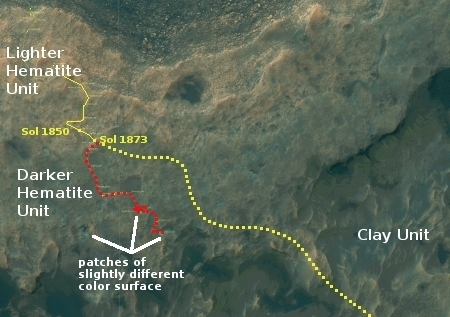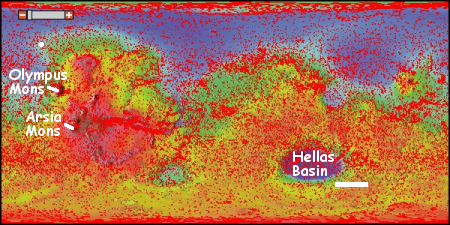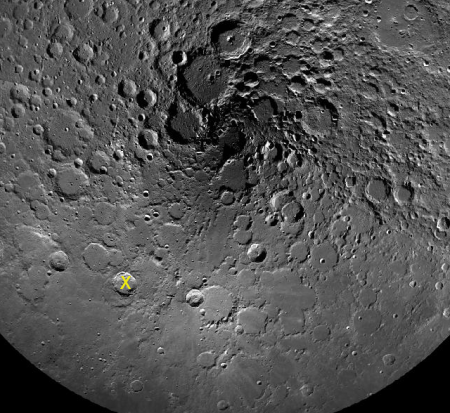The coming dark age: An investigation into the Washington DC school system has found a great deal of corruption in grading, including the fact that 1 in 10 graduates receive diplomas even though they rarely if ever attend school.
The report, commissioned by the Office of the State Superintendent of Education, portrays a school system riddled by student absenteeism and teachers who feel pressured to push chronically absent high school seniors across the graduation stage regardless of whether they earned their diplomas.
The review saved some of its sharpest criticism for Ballou High School, which has been engulfed in controversy amid a graduation scandal. The report found that the school’s administrators told teachers that a high percentage of their students were expected to pass and encouraged them to provide makeup work and extra credit to students, no matter how much school they missed. Teachers received little training in a new grading system, and their annual performance reviews hinged in small part on their success in graduating students.
At the same time the report was released, D.C. Public Schools Chancellor Antwan Wilson announced that Ballou Principal Yetunde Reeves, who had been reassigned pending the investigation, will not return to the Southeast Washington school.
While this kind of corruption in public schools is somewhat rampant throughout the country, it has tended to happen far more in cities and states that have been controlled for years by a one-party political machine, which in the U.S. has almost routinely been a Democratic Party machine. The problem isn’t specifically Democrats (though that party’s policies almost routinely make things worse). The problem is the one-party political machine and a reliance on a big government school system.
It would be far better to eliminate the whole public school system, including the taxes it confiscates, and leave it to the families in a local neighborhood to simply band together, hire a teacher, and start a one-room school house for their elementary school kids. These small schools could then band together to form a larger high school, all paid for directly by the parents.
Sounds absurd? It was how the colonies and the U.S. did it for their first few hundred years, until the late 1800s.
I admit that going back to the old way might not work, however. There has also been a dumbing-down of standards nationwide, by everyone. We also no longer have the moral and religious framework that dominated American culture before the mid-20th century that required all parents to get their kids educated.




